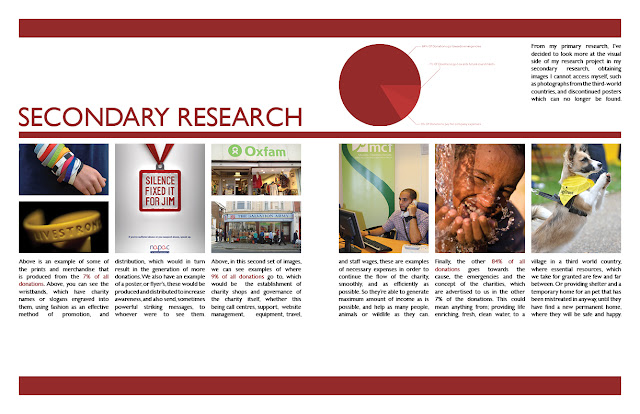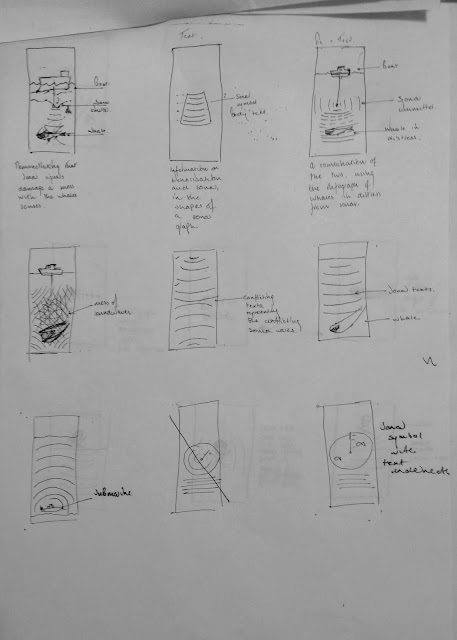I e-mail out the question to several charities, such as Oxfam, Cancer research UK, NSPCC, Unicef and the RSPCA. After being bombarded with a series of confirmation messages, that they have indeed received my e-mails. I finally received a real response from Oxfam.
As this is, currently, the only response I've received, I'm going to have to base most of the research from this, as an average. In the e-mail, Oxfam uses a £1 as an example, 84p of which goes directly to emergencies, by this I assume they mean that 84p of the £1 goes to the cause, in this case, third world countries, who's population are in poverty. 9p of the £1 goes to business expenses, I imagine this would be establishment costs, wages and other general business related expenses. 7p of which goes to future investments, this would mean advertisements and campaigns to generate future income.
Following this, I went out into Leeds and took some photos of things which could be considered as 'the 7%', as seen in my primary research sheets.
I then took to the internet and found images, which I couldn't find in my location, that represented the three sections of the pie chart, as you can see in my secondary research, below.
I then decided on my direction, where I was going to take my research.






















































